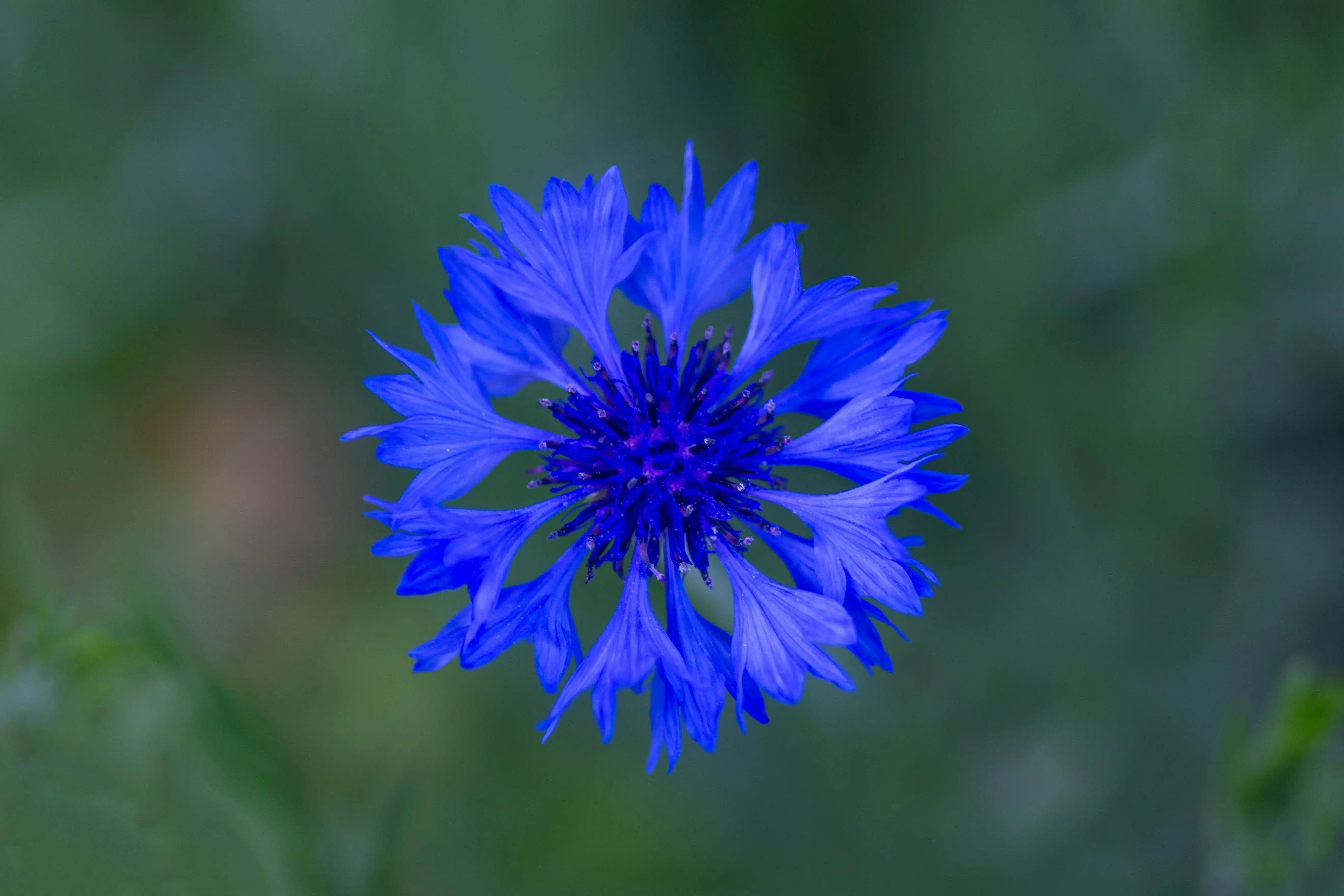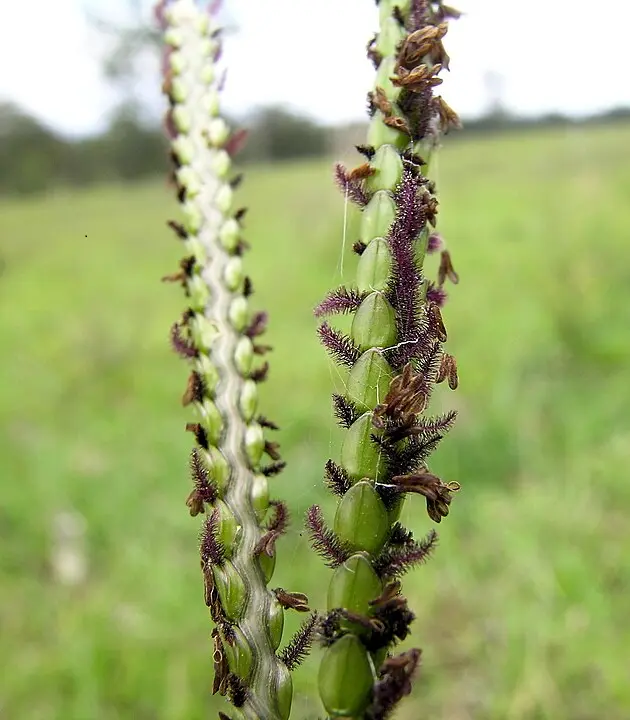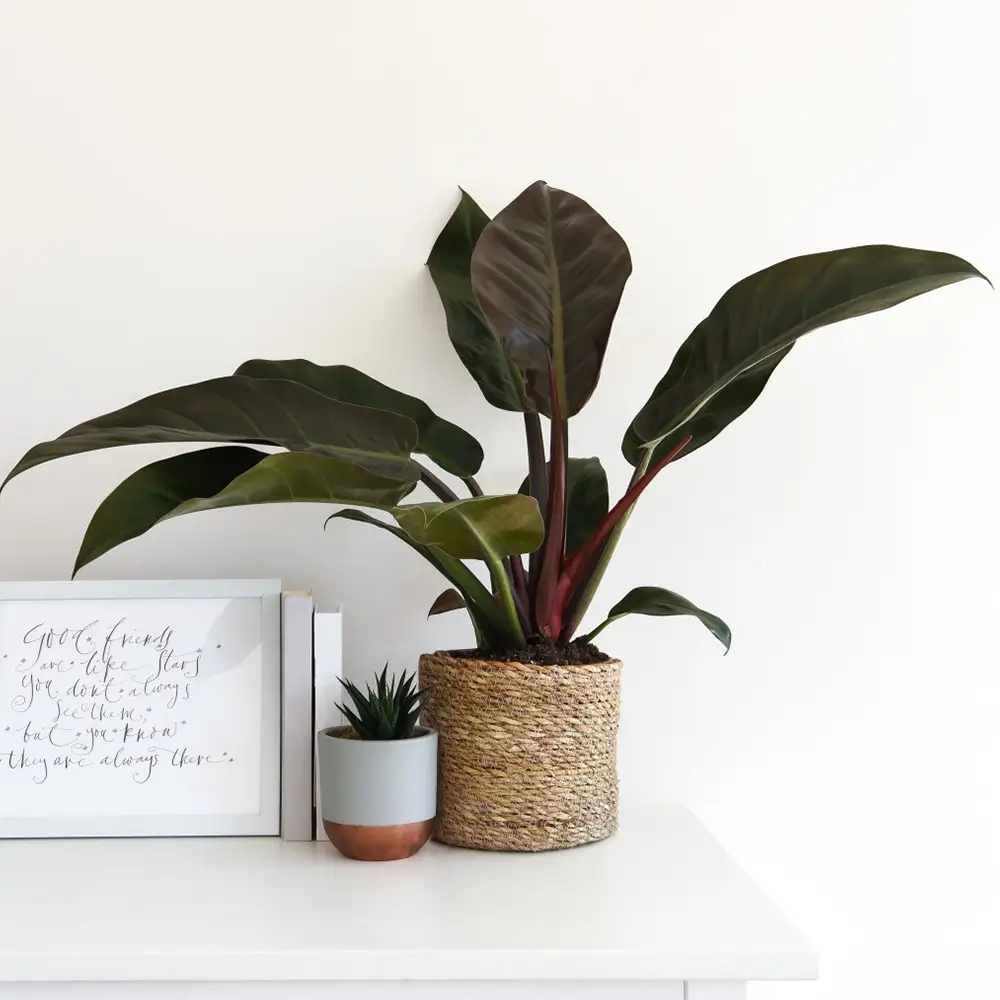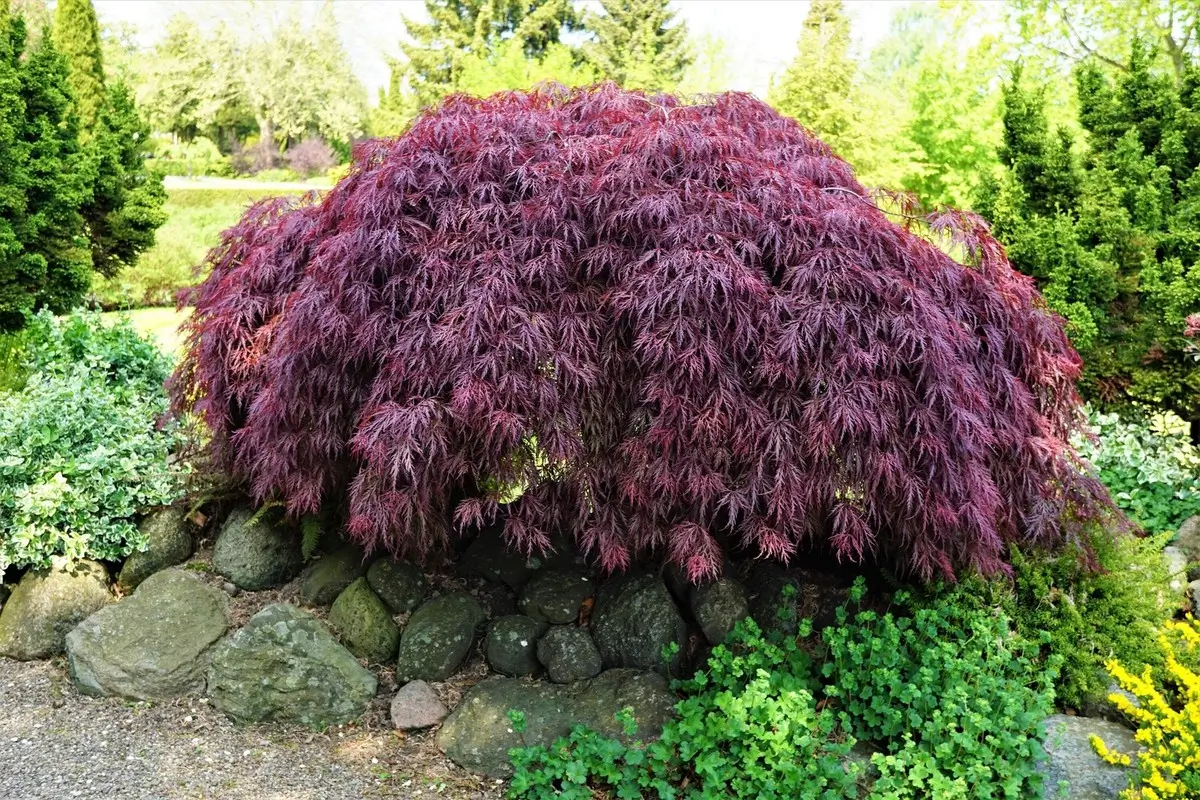
Soil Health & Fertilization
We unite suppliers and green industry professionals worldwide
This charming variety of Epipremnum aureum boasts lush, heart-shaped leaves splashed with creamy white and vivid green. N’Joy brings visual intrigue to windowsills, desks, or hanging planters—and it thrives with minimal attention.
By Mariam Scott
|Published on June 11, 2025


“Can a plant brighten up your room and purify your air—all while asking for almost nothing in return?” If so, it’s likely the N’Joy Pothos. This charming variety of Epipremnum aureum boasts lush, heart-shaped leaves splashed with creamy white and vivid green. A cultivar of the classic pothos, N’Joy brings visual intrigue to windowsills, desks, or hanging planters—and it thrives with minimal attention.
It’s not only the striking variegation that makes it special. N’Joy Pothos is also recognized for its air-purifying properties, quick-growing vines, and ease-of-care. Whether trailing from a shelf or climbing a moss pole, this plant adapts to your space and lifestyle. Here’s how to keep your N’Joy thriving year-round.
| Common Name | N’Joy Pothos |
| Botanical Name | Epipremnum aureum ‘N’Joy’ |
| Type | Tropical evergreen vine |
| Height/Spread | Vining; Up to 3–10 feet indoors |
| Light | Bright, indirect sunlight |
| Soil | Peat-based potting mix that drains well |
| Watering | Moderate; allow top soil to dry out between watering |
| Toxicity | Toxic to pets & humans; dangerous if ingested |
| Hardiness Zones | 10–12 (indoor plant in most regions) |

September 25, 2025
9 minute read
September 24, 2025
9 minute read
September 23, 2025
10 minute read
September 22, 2025
9 minute read


Join as a seller and connect with thousands of B2B buyers nationwide!
Sign Up

Bachelor's Button
Bachelor’s Button (Centaurea cyanus), or cornflower, has a bit of name that may bring to mind the flower of a free spirit or a romantic soul. Native to Europe but beloved across the globe for its bold, colorful blooms and ability to thrive in a variety of

Bahia Grass
Bahia Grass (Paspalum notatum) is an example of a plant that grows with not much work but yields an attractive, green lawn with superior durability.

Imperial Red Philodendron
An eye-catching foliage plant that brings a touch of elegance indoors and outdoors

Inaba Shidare Japanese Maple
A beautiful, lovely tree that adds grace to any landscape
The N’Joy Pothos is one of the easiest houseplants to care for. Its pretty leaves stay compact and bushy, when regularly pruned, and it adapts well to different indoor environments. Although it likes bright, indirect light, it can survive with lower light — not too little, though, since that will fade its variegation. Water so that the soil remains lightly moist but not soggy and you’ll have a plant that’s as rewarding as it is low maintenance.
N’Joy Pothos does best in bright, indirect light, which helps keep its creamy-white variegation. Under lower light, the green will dominate, and growth might slow down. Steer clear of harsh direct light that can burn the sensitive leaves. A spot by an east- or north-facing window is best, or filter intense sun with a sheer curtain.
Use a well-draining potting mix with a base of peat moss or coconut coir. Choose one with a good amount of perlite (which provides drainage) and a base of peat moss or coconut coir. A standard indoor plant soil works well, especially if it contains perlite for aeration. Roots like light, airy conditions — avoid dense soils that hold too much moisture, which can cause root rot.
Allow the top inch of soil to dry between waterings. N’Joy Pothos prefers slightly moist conditions but is sensitive to overwatering. When the soil feels dry to the touch, give it a thorough drink, letting excess water drain freely.. In winter, cut back a little as growth slows.
Yellowing leaves usually signal overwatering, while curling leaves may indicate it’s too dry.
Regular pruning ensures that your N’Joy Pothos maintains a compact shape and will encourage bushier growth. If your vines are long, cut them back with sharp, clean scissors, preferably just above a leaf node.
Although you can prune at any time of year, spring and summer will yield faster regrowth. Pruning off older or damaged leaves also helps keep the plant looking neat and healthy. The cuttings can be repurposed for propagation, making pruning both functional and rewarding.
N’Joy Potho's propagation is simple and extremely rewarding. The most common method is through stem cuttings in water or soil.
Select a healthy stem with at least 2–3 nodes and remove the bottom leaves. Put the cutting in a clean glass of water, ensuring at least one node is underwater. Place it in a bright, indirect light location and change the water every several days. Roots usually form in about two weeks. Transplant into soil when the roots are an inch or two long.
Another option is to stick the cutting directly into some moist soil. Water regularly to keep soil moist until roots form, which takes two to three weeks typically.
This plant is ideal for pot life and adapts to a variety of containers.
N’Joy Pothos also does well growing in hanging baskets, where its trailing vines can cascade downward.
Because it’s a tropical plant, the N’Joy Pothos is not frost-hardy and should remain indoors anywhere but the warmest climates. During the winter months:
While N’Joy Pothos is a flowering plant in the wild, indoor specimens rarely, if ever, bloom. Its glory is in its foliage — creamy-white splotches painted on deep green leaves. If it flowers, it’s usually in the form of small, spathe-like flowers, much like peace lilies, but it’s very, very rare unless it’s outside in a tropical environment.
Focus instead on encouraging lush, full foliage through proper light, water, and pruning.
Though hardy, N’Joy Pothos can face a few problems if neglected or overwatered.
The vast majority of problems can be easily resolved with just some minor tweaks to care.
Stylish, unfussy and endlessly versatile, N’Joy Pothos is an ideal plant for novices and collectors.Its striking foliage and low-maintenance nature make it an ideal choice for homes, offices, or gift-giving. Whether cascading from a shelf or trailing from a hanging basket, this pothos brings a refreshing, modern feel to any indoor space—with hardly any effort on your part.
No — while both are pothos varieties, N’Joy has smaller, more clearly variegated leaves, often with sharper contrast between white and green.
No, like most pothos, it is toxic to cats and to dogs if swallowed, resulting in oral irritation and vomiting.
It grows moderately inside — slower than some pothos types, because it has a heavier variegation, but it can still cover several feet in a year given good growing conditions.
Yes, but it will benefit from occasional nutrient supplements and a clean container to prevent algae growth.

Soil Health & Fertilization
Victor Miller

Pest Identification & Prevention
Victor Miller

Lawn Care Tips & Maintenance
Victor Miller

Soil Health & Fertilization
Victor Miller

Smart Irrigation Systems
Victor Miller

Patios, Walkways & Driveways
Victor Miller

Soil Health & Fertilization
Victor Miller

Pest Identification & Prevention
Victor Miller
My Account
Our team is always here to help.
We are open Monday - Friday, 9:00 AM to 4:30 PM PST.